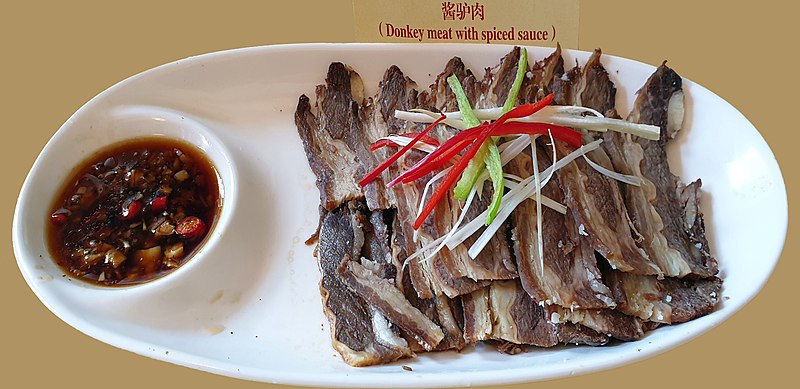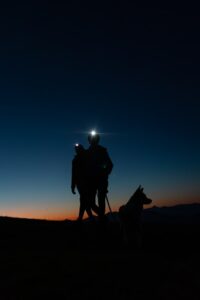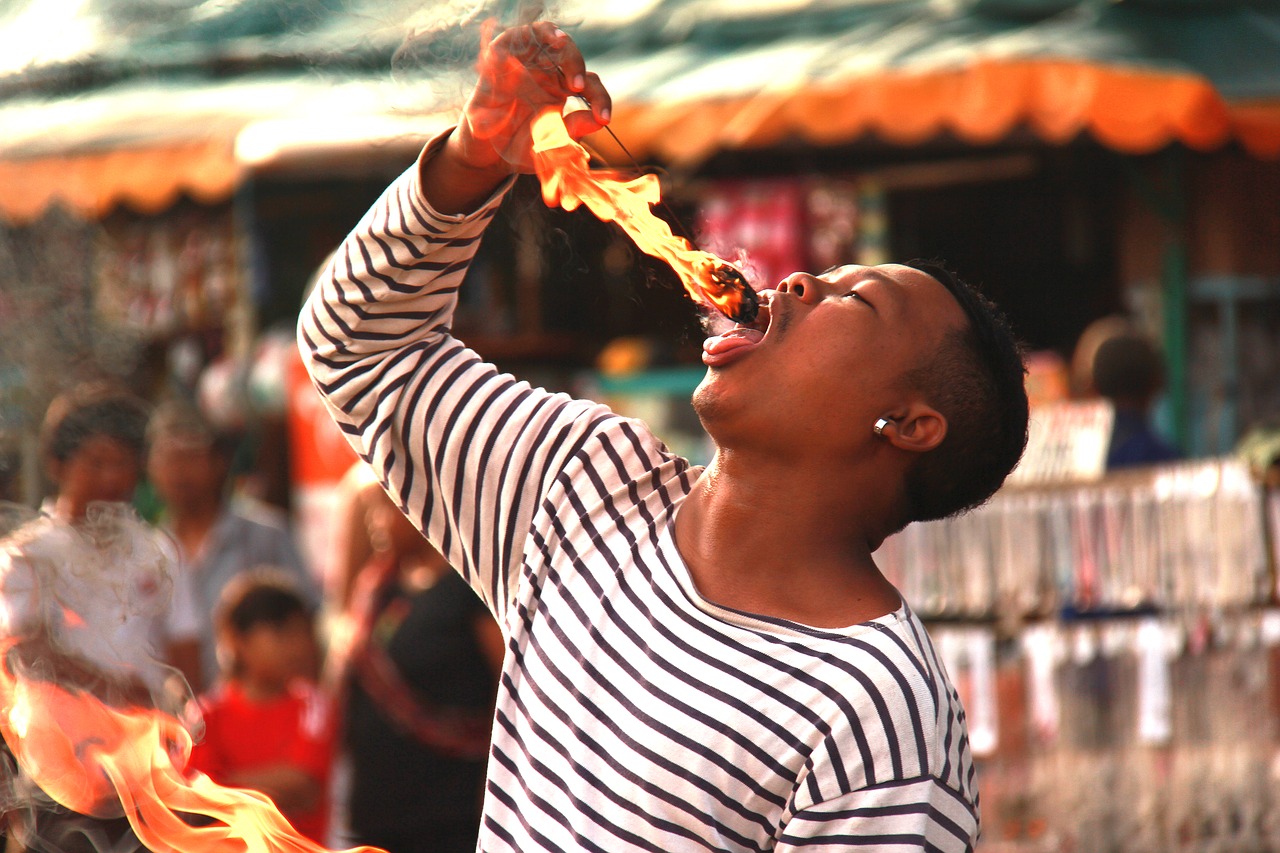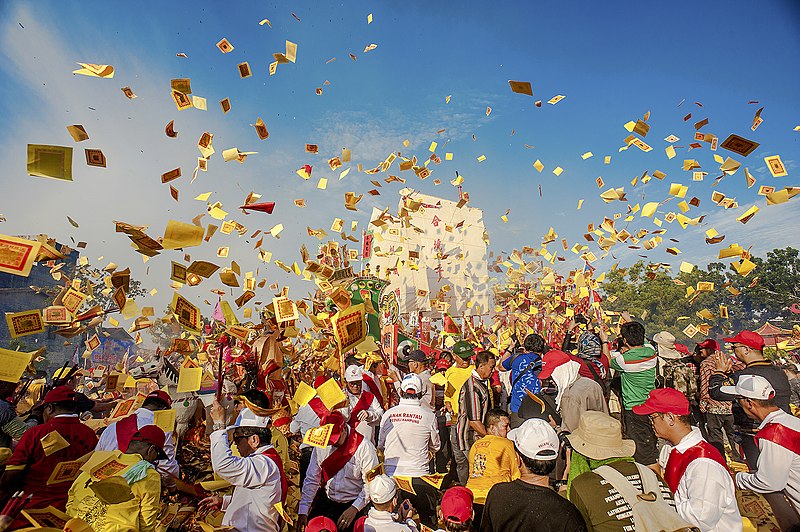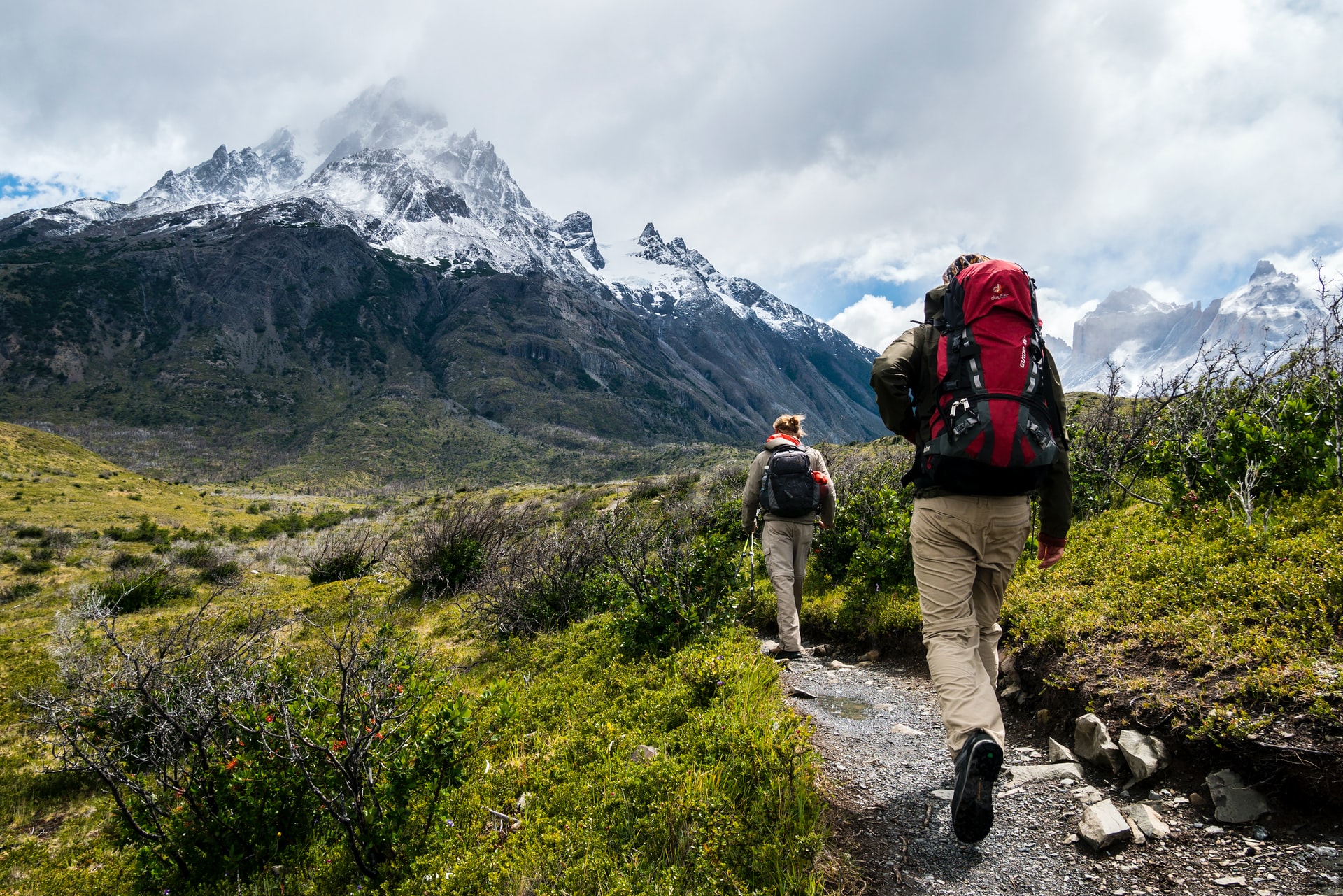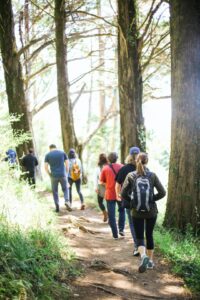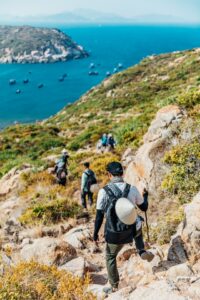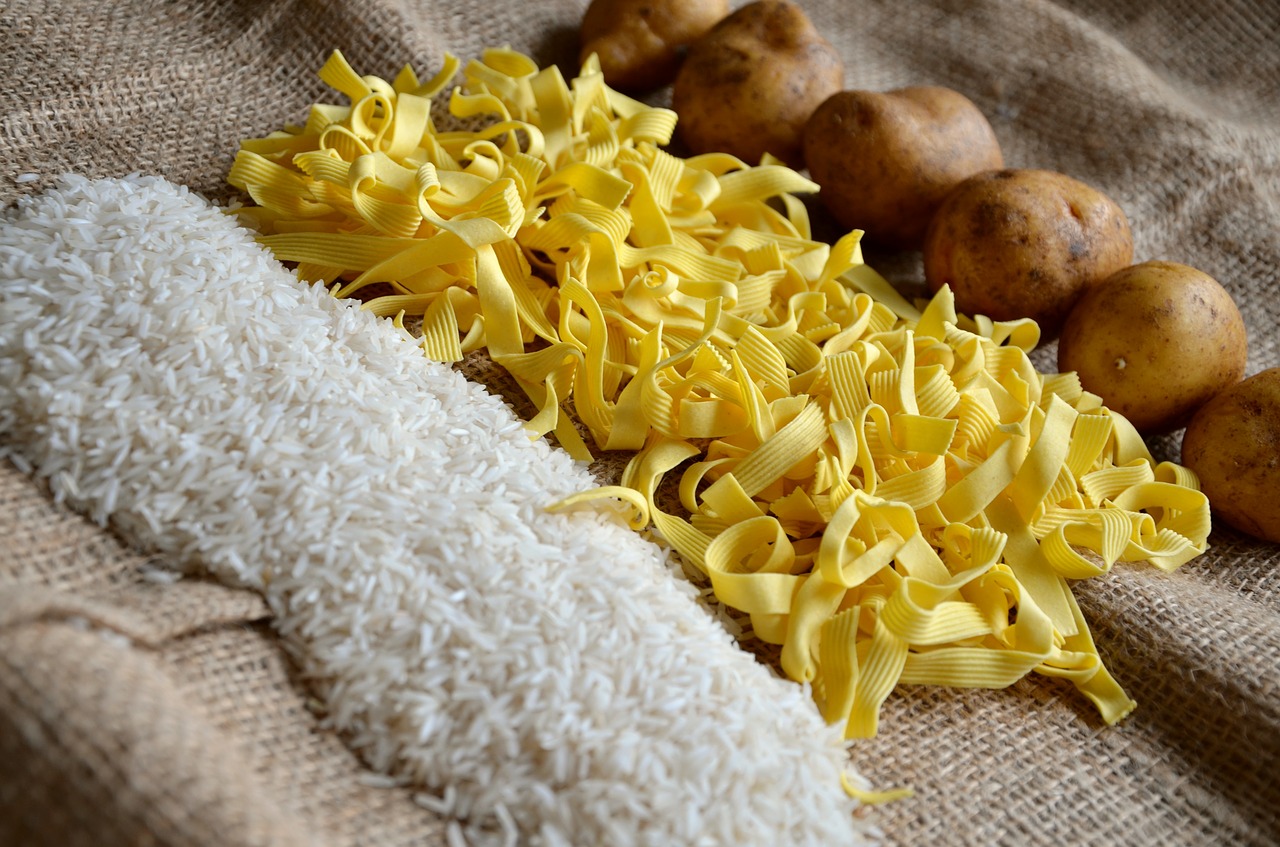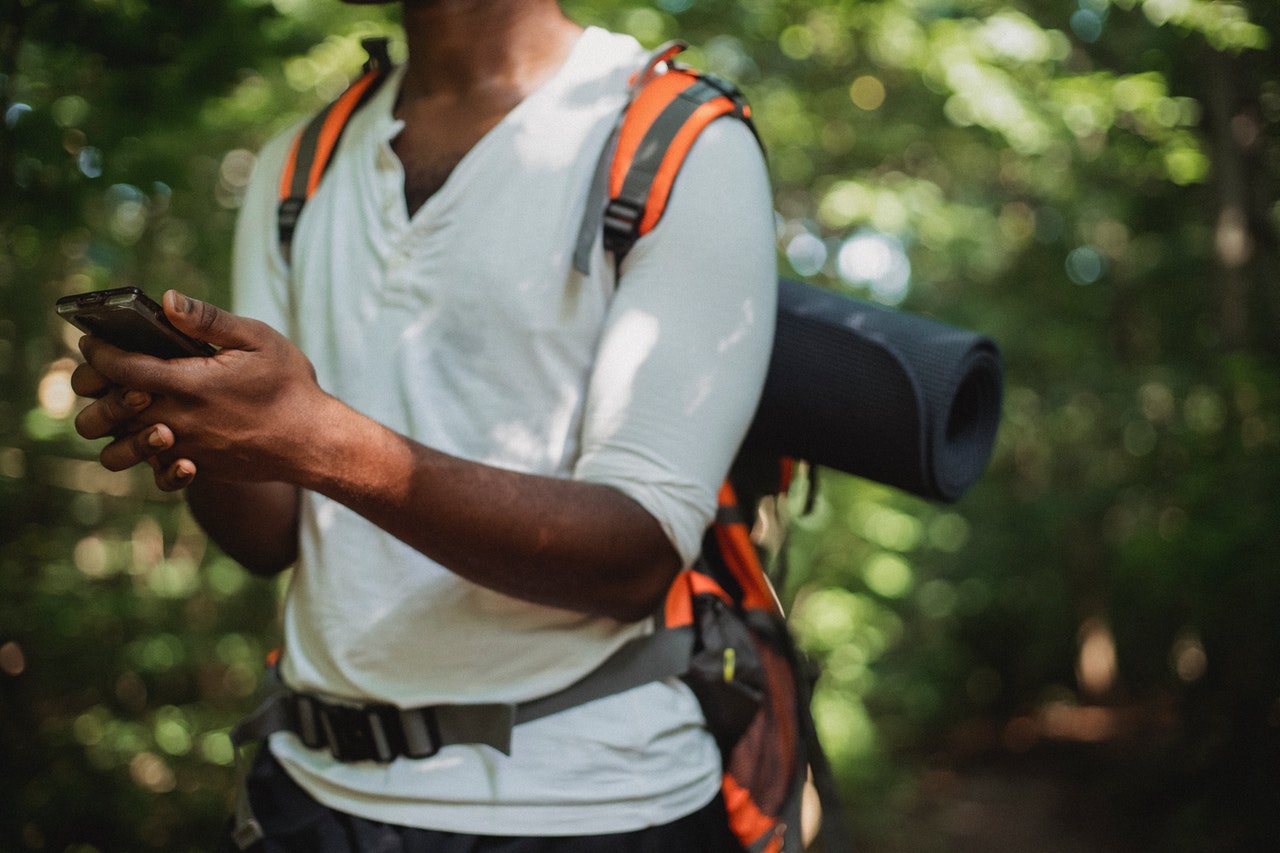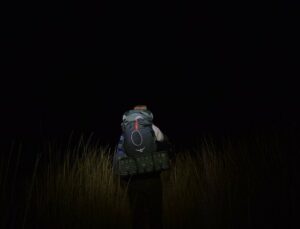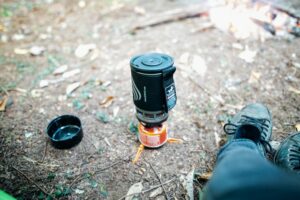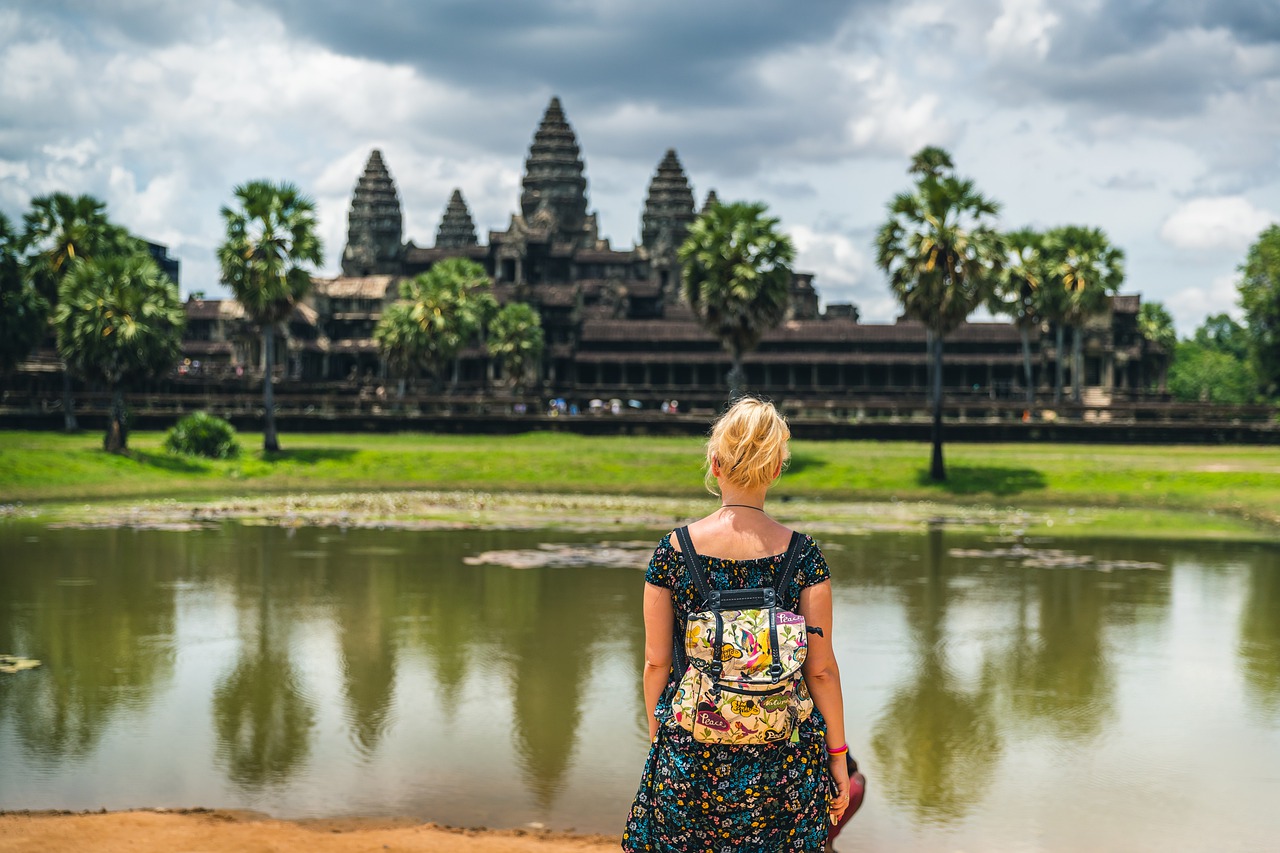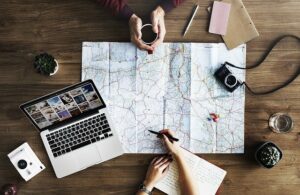Biggest Scandals in Sports History
In order for sports to be entertaining and to make sense at all, we need to have rules and to play fair. Additionally, we need to respect the athletes and appreciate them as people, since they are often viewed as role models. However that’s not always the case, and since there is a lot of money involved in sports, a lot of teams or players opt for cheating. Victory becomes everything, and you lose track of what’s important and why you were inspired to be an athlete.
That being said, it’s hard to keep these things a secret and the media finds out about them sooner or later. So, let’s see what are some of the biggest scandals throughout sports history that we all still remember.
2000 Paralympic Basketball
It’s always disgraceful to cheat, but somehow if you do it in the Paralympics it’s significantly more disgusting.

Unfortunately, it’s happening more frequently than we would like to think, and one of the most notable instances was the basketball tournament in the year 2000.
At that time the Spanish team won the gold medal, but it was later discovered that the Spanish team didn’t get the full check-up. A Spanish journalist brought this to the attention of the tournament managers, which led to an investigation. It turned out that 10 out of 12 players on that team did not suffer from any mental disabilities. In other words, Spain desperately wanted a gold medal and went to these lengths to pull it off.
Of course, the reward was stripped away from them.
Baseball Players on Steroids
From 1998 to 2003 baseball games were really crazy, and nobody wanted to admit just how ridiculous the players looked. It wasn’t immediately apparent, but then it was too obvious, and it seems that everyone liked living in denial. This was the time that is referred to as the Steroid Era in baseball, and even if we still have athletes who are trying to use steroids today, nothing can compare to this period.
Luckily, the regulations are tighter nowadays.
Tiger Woods
Although Tiger Woods did not cheat during his golf matches, the same cannot be said for his marriage.

In 2009, Woods was not home for Thanksgiving, because his wife chased him outside of the house. People first thought he had a car accident, but it was later discovered that his wife smashed the car with the golf clubs. She discovered text messages that led her to believe Woods was having an affair. Later on, 12 women admitted to having sexual relations with Tiger Woods, so he was really unfaithful and it is one of the scandals people talk about to this day.
O.J Simpson
Finally, we have the case of O.J Simpson that is shocking today, just as much as it was shocking back in 1994. There was a whole car chase that everyone in the US was watching, and O.J eventually gave up. However, the shocking part was when he didn’t get charged with murder, in spite of mounting evidence that says otherwise.




